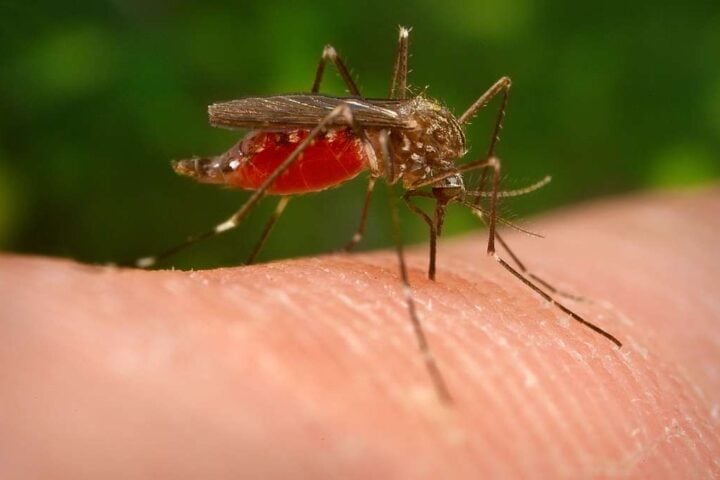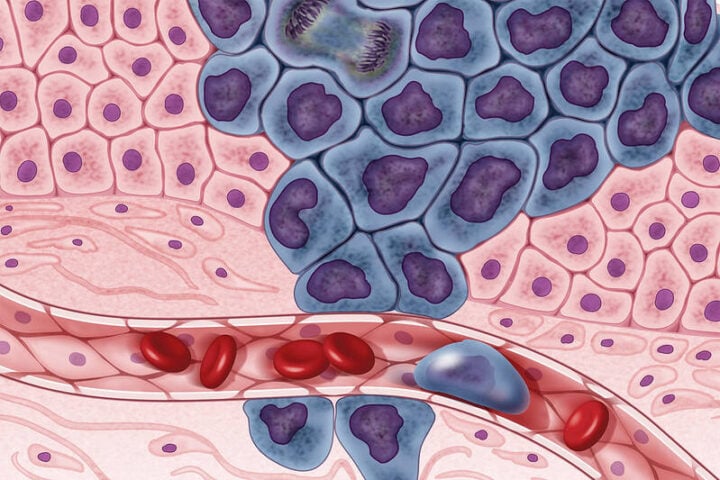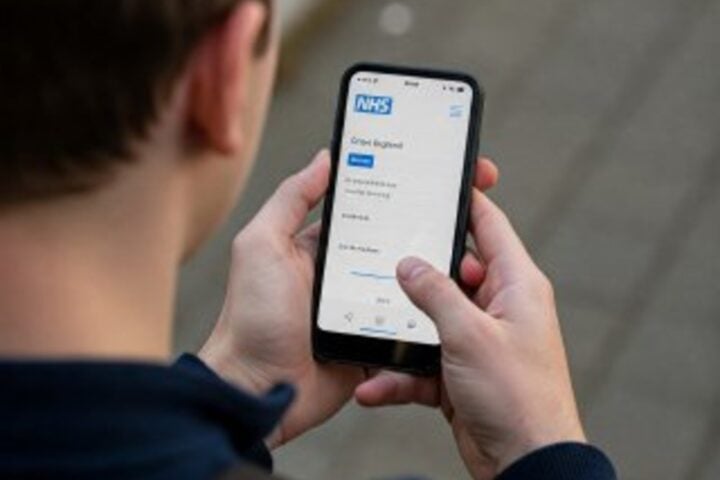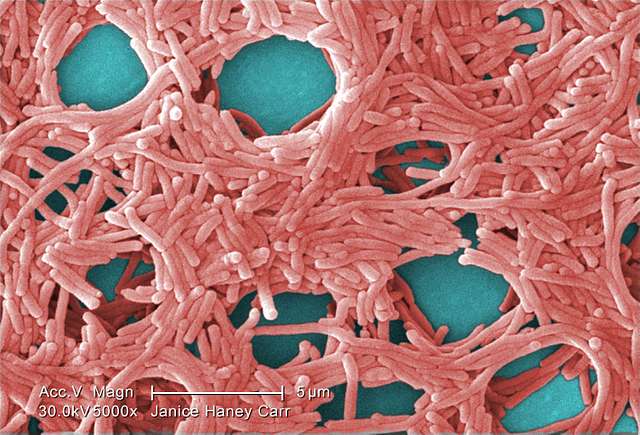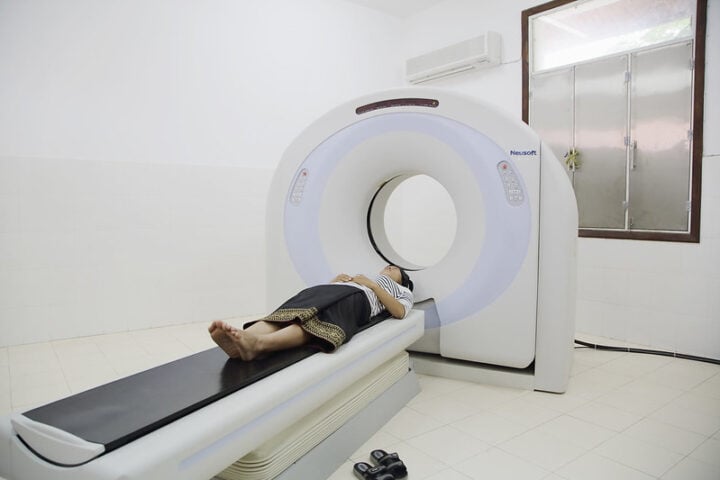Scientists at the Max Planck Institute for Human Developement have discovered that watching videos of nature can significantly reduce physical pain. The research, conducted with partners from the University of Vienna and universities in the UK, shows that even virtual exposure to nature triggers measurable changes in how our bodies process pain signals.
“Pain processing is a complex phenomenon,” explained study lead Max Steininger from the University of Vienna. His team’s research went beyond simply asking if nature videos helped with pain – they actually looked at what happened in the brain.
What Happens in Your Brain When Nature Reduces Pain
Using functional magnetic resonance imaging (fMRI), researchers measured brain activity while participants experienced pain and watched different videos. The results were striking: when viewing nature scenes, participants not only reported feeling less pain, but their brain scans showed reduced activity in regions associated with pain processing.
Most notably, nature videos affected early, body-related pain signaling – not just emotional responses to pain.
“The results are extremely exciting for research. They suggest that the perception of natural environments is not only effective in later stages of pain processing, but that they already influence the basic sensory mechanisms,” said Simone Kühn, director of the Center for Environmental Neuroscience at the Max Planck Institute for Human Development.
This distinguishes nature’s effects from placebos, which typically only change our emotional response to pain. Nature videos appear to reduce the actual pain signals themselves.
How Our Bodies Respond to Nature Scenes
When we view nature videos, our parasympathetic nervous system – responsible for “rest and digest” functions – activates. This counters the sympathetic “fight-or-flight” response often triggered during pain.
Similar Posts
Different Types of Nature Videos, Different Effects
Not all nature scenes affect us the same way:
- Forest videos with bird sounds and sunlight filtering through trees can reduce stress and improve mood
- Ocean scenes with rhythmic waves often create a meditative, calming effect
- Savannah landscapes with open grasslands can promote feelings of freedom and spaciousness
Virtual Nature Makes Relief Accessible to All
Perhaps most promising is that these benefits don’t require actually being in nature. Virtual experiences through videos or VR can provide similar pain relief, making this approach accessible to those with limited mobility or access to natural environments.
“This opens up a wide range of possible applications in both the private and medical sectors, providing people with a simple and accessible way to relieve their pain,” noted researchers.
For those living in areas with limited green spaces or unable to get outdoors regularly, nature videos could become an important tool for pain management without medication.
Beyond Short-Term Relief
While the current study focused on immediate pain reduction, there’s potential for long-term benefits. Regular exposure to nature, even virtually, might have cumulative effects on pain perception and overall well-being.
The research adds to our understanding of how nature affects our bodies and minds. As healthcare systems seek alternatives to medication-only treatments, nature-based therapies could become increasingly important.

This practical, accessible approach to pain relief reflects our deep evolutionary connection to natural environments – a connection that modern neuroscience is now helping us understand and harness for better health.



